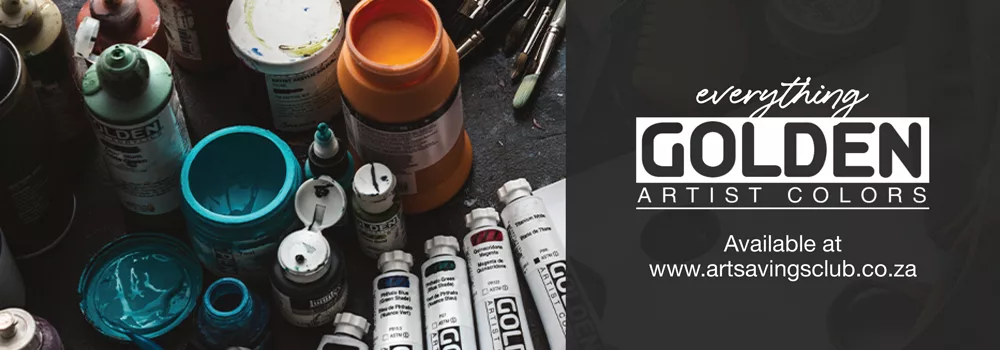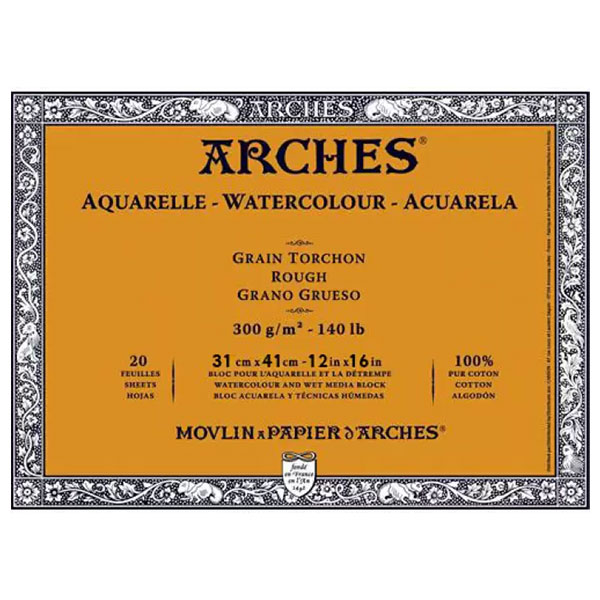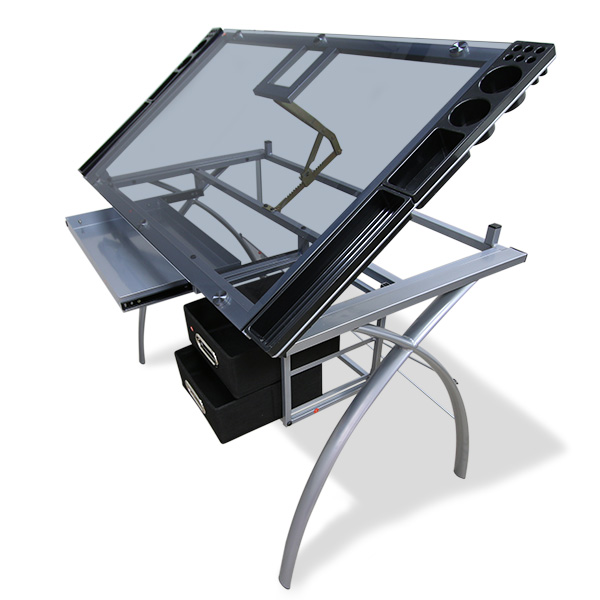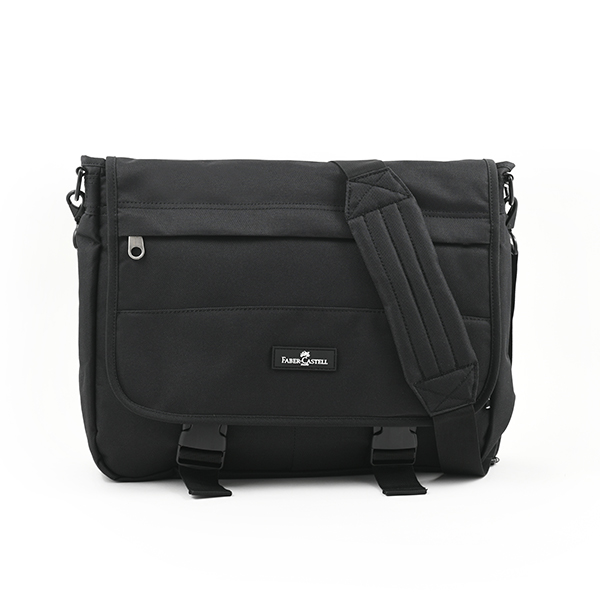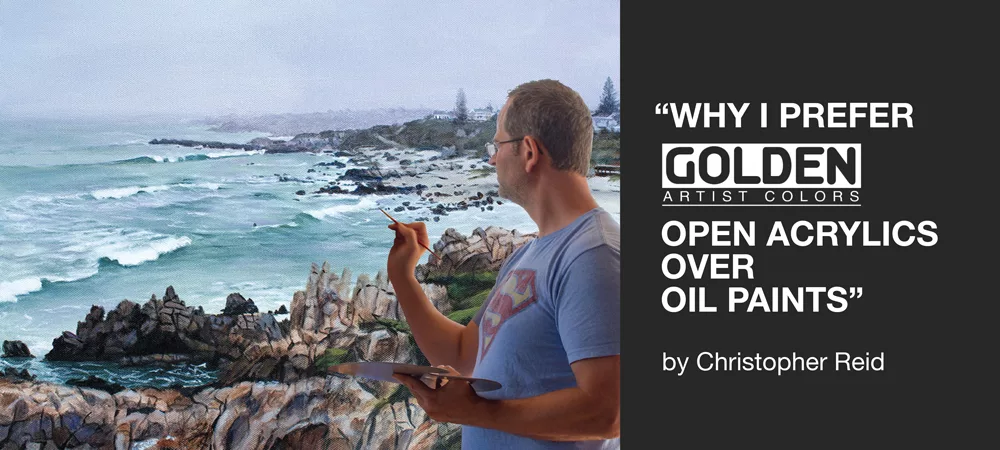
Some people seem shocked to hear that I prefer acrylics to oils. Some of my favourite paintings from art history were painted in oils and there are many painting masters today still using oils. Since their introduction in the 1950s, acrylics have been steadily gaining popularity among artists because of the numerous advantages of the more modern medium.
A big reason many artists use oil paints is because they need the paint to stay wet for an extended period of time. Since the introduction of Golden Open acrylics in 2008, many artists have been transitioning from oils to acrylics. These acrylics are specially formulated to dry slowly without loss of opacity or quality. Some oil painters have tried water-soluble oil paints, because they want the advantages of acrylic paints, but aren’t familiar with modern acrylics options like Golden.
Some people have seen a few acrylic paintings they didn’t like and assume it is a function of the materials rather than the artists. I have won international painting competitions with acrylics and love the way they perform. An art medium is but a tool in the hands of the artist.
How are Golden Open acrylics different from other acrylics?
If you have ever used acrylics and thought they looked chalky, or didn’t spread well, or were separated in the tube, or certain pigments weren’t as opaque as you wanted, those problems are due to fillers and extenders added to the paint by certain brands. Golden does not add fillers, so you won’t have those issues.
Why are Golden Open acrylics so different from other acrylics?
Open acrylics are formulated to dry at a moderate rate but with full pigment strength. Drying time can be further increased by adding Golden’s Acrylic Gloss Gel Medium, but I usually prefer their unaltered drying time.
Drying time
Oil paints dry too slowly for my painting speed. Most of my paintings are completed in a single session, so I want to be able to layer as well as work wet-into-wet. As a plein air painter, I don’t want a panel with wet paint that can easily be damaged while packing up. I often have to start and complete a commissioned painting in a limited time frame. Oil paints take up to six months to cure. Most oil painters speed the drying time with products like Liquin or turps. This dilutes the pigment strength and can cause issues with adhesion, curing, and paint film quality. Golden’s Open Slow-Drying Acrylics present an ideal solution that bridges the gap between slow drying oil paints and fast drying acrylics.
So how fast do Golden Open Slow-Drying Acrylics dry?
Like any painting medium they are affected by environmental factors as well as application. If it is very windy, warm, and low humidity, exposed paint will dry faster than on a cold humid day. If you apply the paint thickly, it will dry more slowly than a thin application. Drying times vary and will be faster on paper than on canvas or panel. That said, a thin layer of paint applied on a panel is dry to the touch in about 5-10 minutes. Golden recommends waiting six hours to varnish a finished painting. That’s a lot better than six months for most oil paintings!
A teaspoon blob of paint on my palette will stay wet for several hours. If you reduce exposure to airflow and keep dust out of it, you can continue to use the same blob of paint for days. I use styrofoam trays for my palettes because they allow me to repurpose waste, come free with many foods, are dark grey, reduce exposure to airflow, and I can pop them in a little plastic box for plein air painting without a mess. I have picked up a palette after a week and continued painting with the same paint! All I do is place a piece of scrap paper over my palette to keep dust out of it when not in use.
The slow drying on the palette and moderate drying time on the surface is ideal for most painters. You will spend less money replacing Golden Open Slow-Drying Acrylics than you would with traditional acrylics because their pigment load is so strong you don’t need as much, and also because you don’t waste a lot of dried paint on the palette. You also don’t have to spend time misting your palette.
Cleaning Golden Open Slow-Drying Acrylics
I want to use my painting time to paint, not to prep or clean. When I am done painting with Golden Open Slow-Drying Acrylics, I simply rinse my brushes in water. That’s it. No turps or mineral spirits with their odours. No flammable rags. No brush conditioning. No wrapping or refrigerating palettes. If I get paint on the table or floor, I simply wipe it up with a damp cloth at the end of a painting session. Occasionally I will switch out my palette with a clean styrofoam tray.
Plein Air Painting
The current plein air painting movement is the largest art movement in history by a wide margin. In the past, artists worked mostly in studios alone. With the growing popularity of joining friends to paint, there has been increased exposure to different techniques and art media. When you paint next to someone using a different medium, you will notice comparative advantages and disadvantages quickly. This has greatly increased the popularity of acrylic and pastels. Their benefits for plein air also apply to studio painting.
I once went plein air painting with acrylic and left half my supplies on the studio table. All my supplies fit easily in a backpack, so I don’t know why it happened. At least I had my easel, a panel, a cloth, paint tubes, and brushes. However, I had no water, cup, or palette. I rummaged about in a nearby trash bin. I cut a plastic bottle in half and used that for a cup, which I filled from a stream. I wrapped a plastic bag over a piece of cardboard for my palette. I had a great morning plein air painting even without all my supplies.
With acrylic and plein air, you can paint a quick sketch, then block in colours, then mix paint on the surface, then layer – all in the same 2 hours session. Once you are done packing up and rinsing your brushes, the painting will be dry to the touch and not require a special cradle to protect it.
It is worth noting that you can take acrylics on an airplane, that would not allow oils, because acrylics are non-flammable.
If you are used to oils, how hard is it to switch to Golden Open Slow-Drying Acrylics?
Easier than you think. You don’t have to worry about fat over lean rules. You don’t have to oil down a surface. You don’t have to deal with noxious fumes from solvents and additives that require lots of ventilation.
You can work light to dark or dark to light in acrylics. You can thin the paint out and use it in a transparent manner similar to watercolour. You can add as many layers as you wish. You can use heavier bodied acrylics to get impasto strokes using a palette knife. You can use the same kind of brushes. (Thought I recommend using different brushes for each medium) You can premix on the palette or mix directly on your surface. You can paint on the same surfaces you use for oils, and more. You can even thin out acrylics with mediums that allow you to spray it with an airbrush.
Almost all artists today use an acrylic gesso for priming. They do this because acrylic provides a more dependable base that will be dry enough to allow layering and glazing for quick results. The majority of oil painters today do an underpainting in acrylic and then add oil paint on top. With Golden Open Slow-Drying Acrylics I often paint directly without underpainting and skip the overpainting in oils. The final painting has improved durability and looks great.
I love that I no longer have to wait for oil paint to dry between layers or cure before varnishing. I have painted a very realistic acrylic portrait in the morning, varnished in the afternoon, applied a second coat of varnish before bed, and shipped the painting overseas the next morning.
Longevity
Whether you are painting for your own joy or as a professional artist, you want your artworks to retain their quality and last for many years.
I believe that acrylic paints are more durable than oils. They will not crack, peel, discolour, or fade as long as you select lightfast pigments. (If you use genuine Alizarin Crimson in any brand or medium, it will fade and discolour.) Golden is well known for their exceptional pigment quality.
I also believe that acrylics are not as susceptible as oils to damage from changes in temperature or humidity or cracking due to expansion of the substrate. Acrylics remain flexible even when completely dry and are quite durable.
All oil paintings should be varnished because air pollutants will stain the surface over time and you cannot remove them from an oil painting without damaging it unless it is varnished. Acrylics do not have that problem. Varnishing is optional for acrylics. A few hours after you finish an acrylic painting, you could spill a drink on it and just wipe it off with a cloth without any noticeable damage to the painting (true story!). I do recommend varnishing acrylics for the wet paint look.
Look of finished painting
It is important to note that most acrylic paints are slightly darker when dry than when wet. The shift is minor and you will adjust to it easily. Some people see unvarnished acrylics and say they look flat. This is usually because of the brand of acrylics or inexperience with the medium. Simply varnishing an acrylic painting will restore the rich look it had when wet. With a gloss varnish, the blacks look so much deeper and darker.
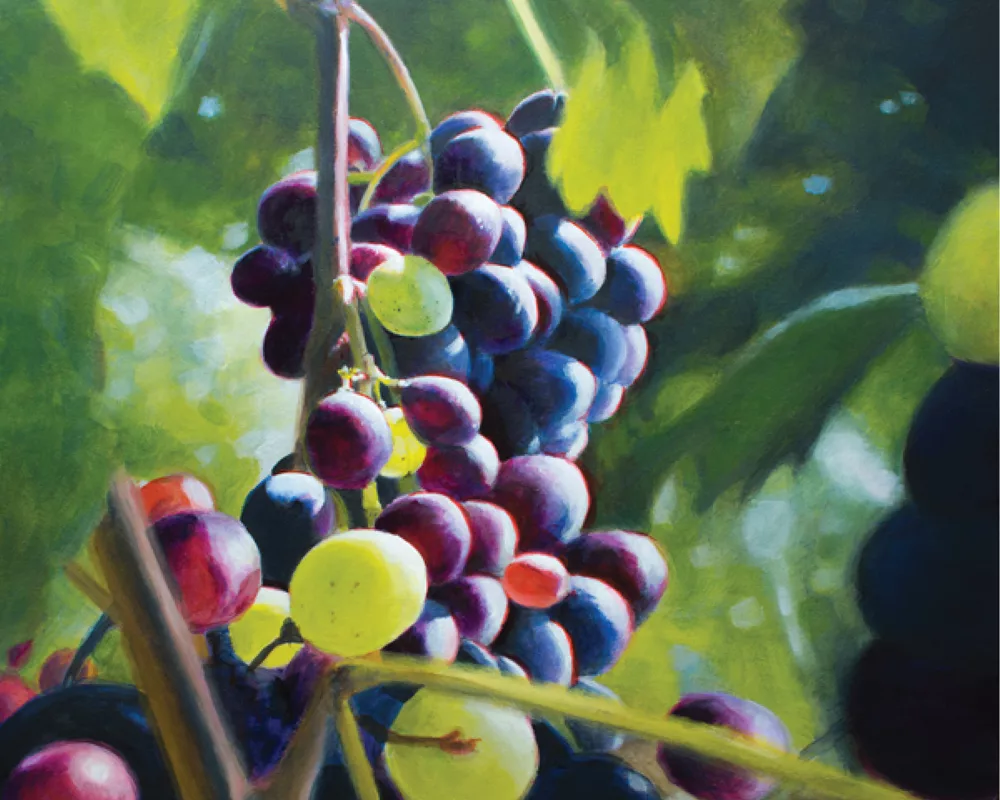
Value of acrylics
If you sell your artwork, you will learn that buyers care about how the artwork looks and not what medium it was created with. It is up to you to set your prices. My acrylics sell for prices equal to oils. I have had other artists tell me they thought a painting of mine was oils until they read the label, but I have never had a buyer change their mind about buying a painting because of the medium. Either it connects with them or it doesn’t.
Cost of materials
Who doesn’t want to save money? Golden Open Slow-Drying Acrylics seem expensive compared to hobby-grade brands of paint, but the price is similar to other professional acrylic paints. A quick search on Artsavingsclub for Acrylics will confirm this. I find the Golden acrylics far superior to other brands and worth paying more for. Student-grade paints run about half the price, but with a significant drop in quality.
Oil paints can be much more expensive. When comparing the price per milliliter between artist quality oil paints and acrylics, acrylics tend to be much cheaper!
Additional savings come from not having to buy linseed oil, Liquin, turps, mineral spirits, palettes, extra gesso, rags, brush cleaner, a metal bin for flammable rags, varnish, studio exhaust/ventilation, etc. Painting with acrylics ends up costing way less than oil painting in my opinion.
With an understanding of colour theory, you know that a double primary palette plus white only requires you to buy six to seven tubes of paint to mix any colour you want. So there is no need to buy every colour available. Golden Open Slow-Drying Acrylics offers a modern 6 colour set as a great way to get started.

Christopher Reid is an internationally recognized artist who paints everything from portraits to landscapes to wildlife. Reid paints in pastel, acrylic, watercolor, and charcoal. His style has been described as “contemporary realism with an emphasis on color and depth.”
Chris was born in Johannesburg, South Africa. He studied art at the famous Savannah College of Art & Design. He lives in Hermanus, South Africa with his wife, Kim, and son, David.
“I am passionate about art, enjoy the act of creation, and hope to help people who view my artwork appreciate the beauty already around them.”
Christopher Reid
Website: www.reidsArt.com
Email: chris@reidsart.com
View our range of Golden Open Acrylic Single Tubes, Sets and Paint Mediums & Gels.



